Ambulatory Care Occupancy or Business- What’s the Difference?
According to the Life Safety Code, all Los Angeles healthcare and ambulatory care providers must comply with fire safety standards in construction as defined for their specific occupancy classification. So if you run a chronic pain center in Beverly Hills, you may be required to follow guidelines for ambulatory care occupancy, healthcare occupancy, or none of the above.
